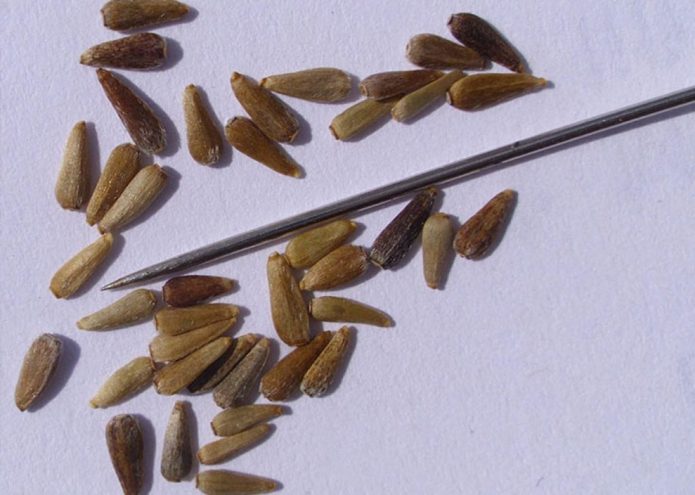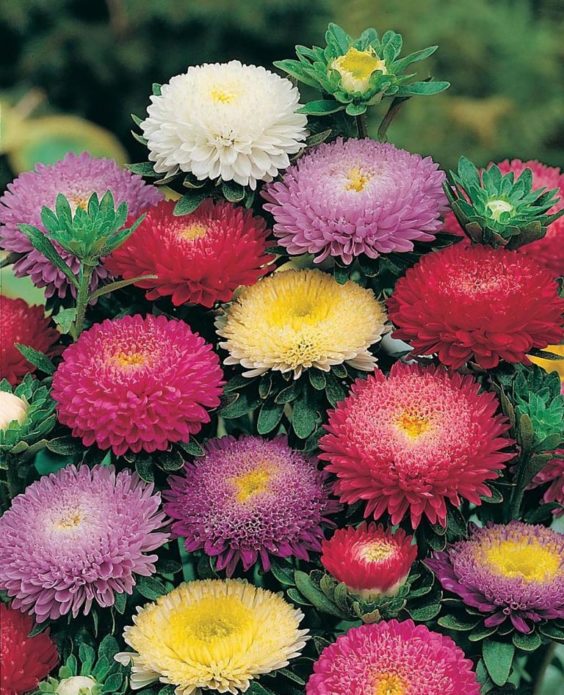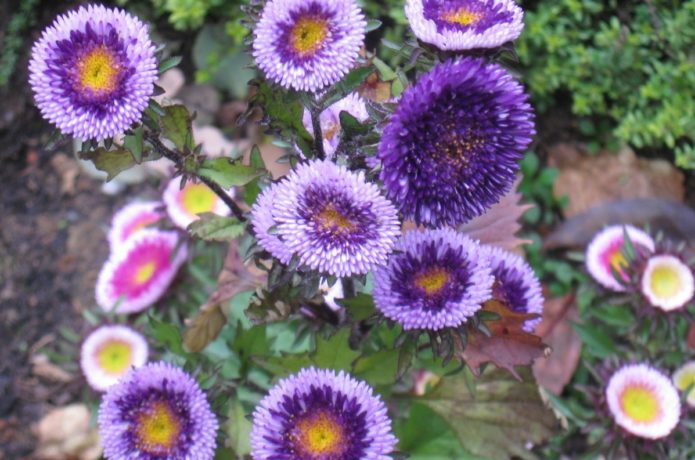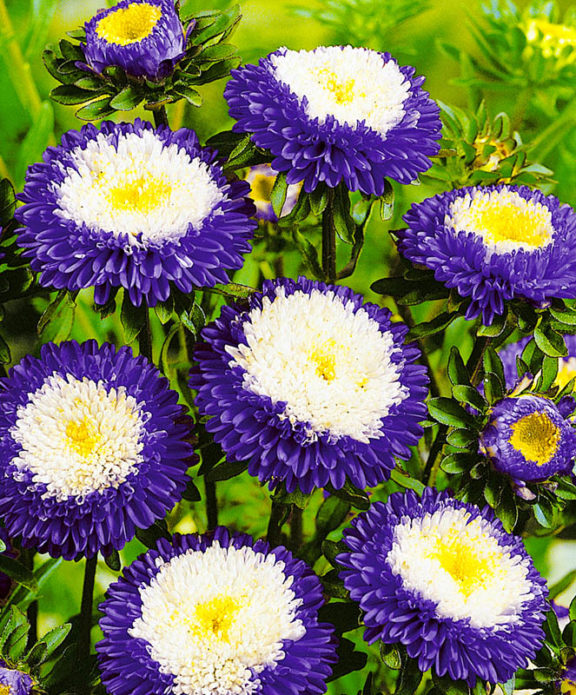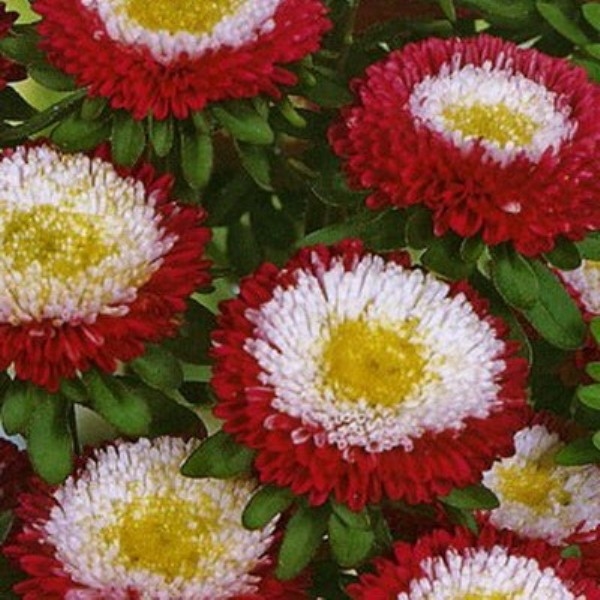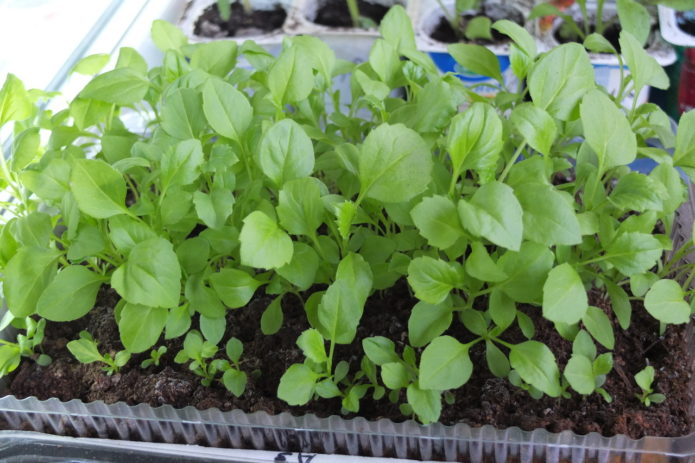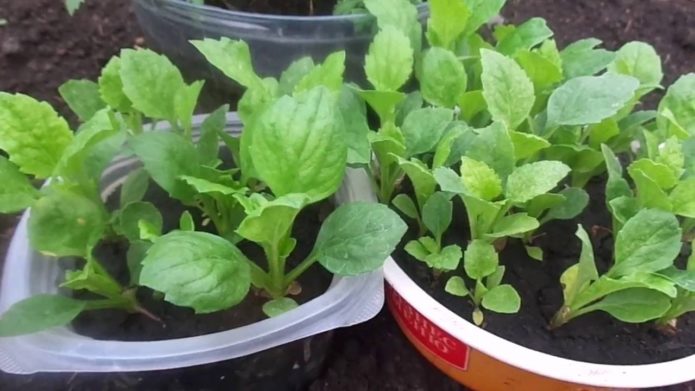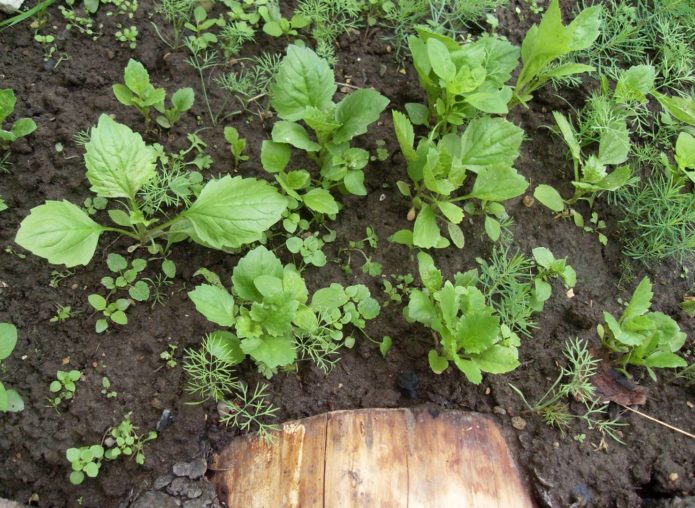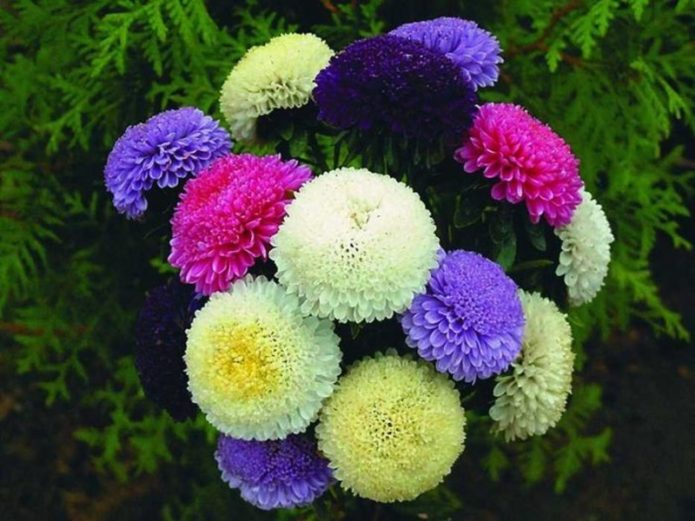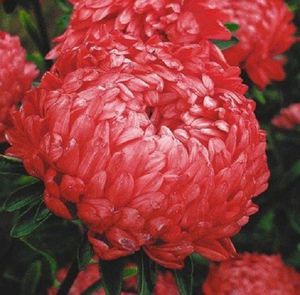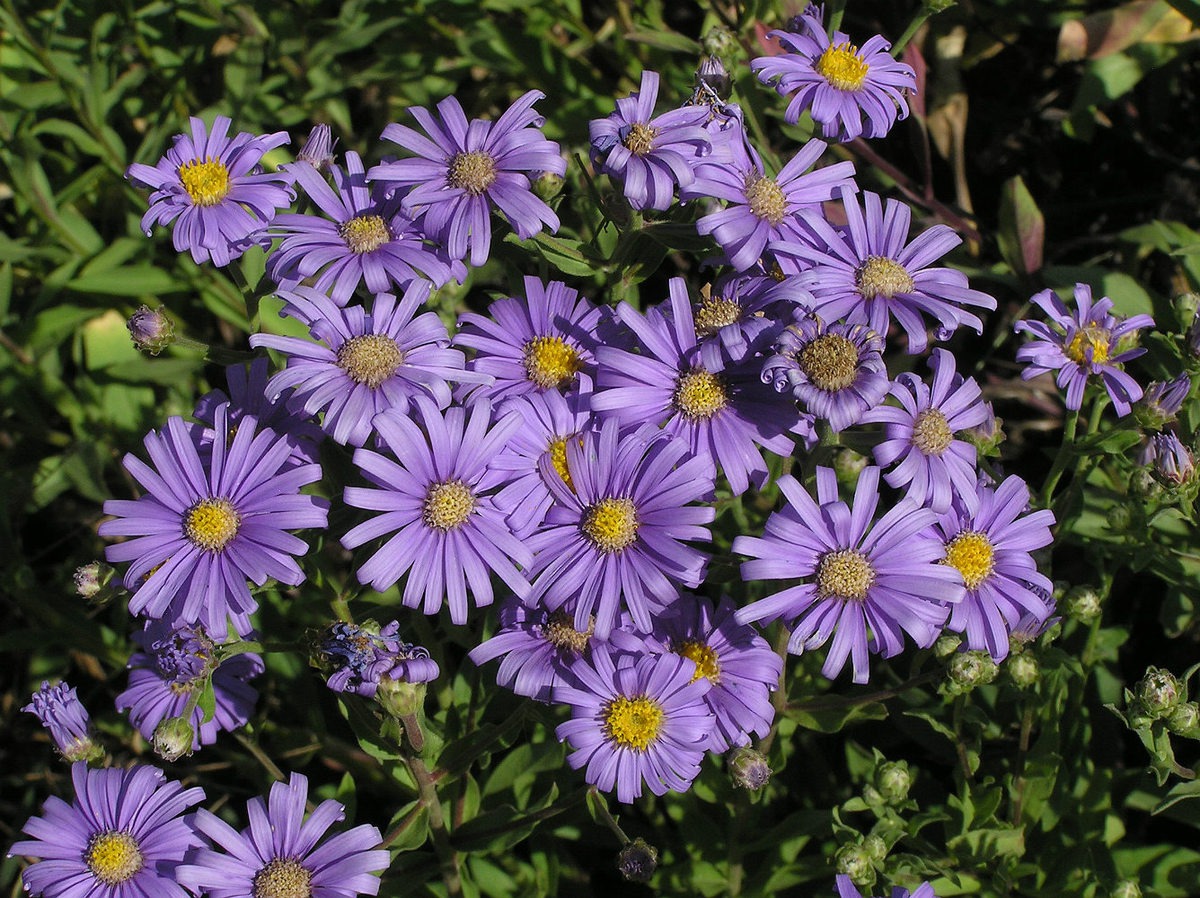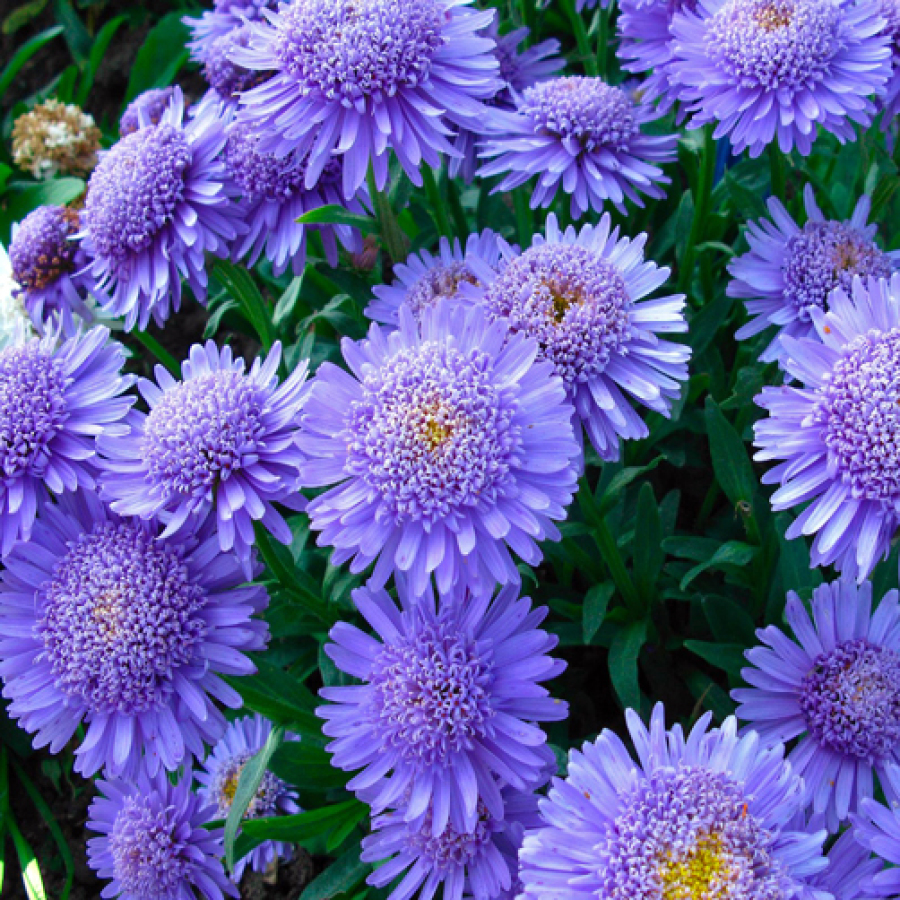Pompom aster is distinguished by very beautiful flowers, formed in the form of a hemisphere of densely growing petals. The flowers resemble the pom-poms of children's hats. Such asters are appreciated for their decorativeness and undemandingness to growing conditions. There are two ways to plant asters: seeds in open ground and seedlings. You can find out when to plant pompom asters when growing from seeds or seedlings from the lunar calendar.
Content
Why sowing with seeds is recommended
The fruit of the pompom aster is a cone-shaped seed capsule, in which there are seeds of different sizes. Aster seeds are quite large, it is convenient to work with them. They are also hardy. If you sow them directly on the flowerbed, the seedlings will be stronger than the seedlings. In addition, asters grown outdoors can withstand short-term slight frosts. And for especially valuable varieties, you can always find a place in a greenhouse or on a windowsill.
Landing dates
Pompom asters can be grown by seedlings or by sowing seeds in open ground. The second method is suitable only for the southern regions. In this case, the seeds are sown directly to the flower bed.
General guidelines for timing, taking into account regions
Dates of planting asters by seedling method:
| Region | Sowing seeds for seedlings | Transfer to soil |
| Middle lane and Moscow region | Early and mid-April | Second half of May |
| South | End of March - beginning of April | Early may |
| Leningrad region, Ural, Siberia | End of April - beginning of May | The beginning of June |
The best sowing dates for aster seeds according to the lunar calendar:
| Month | Auspicious days on the growing moon |
| March | 19, 20 |
| April | 6, 7, 8, 11, 12, 13, 15, 16, 17 |
| May | 8, 9, 10 |
The best dates for transplanting seedlings into soil according to the lunar calendar:
| Month | Auspicious days |
| May | 1, 7, 8, 9, 10, 13, 14, 15, 16, 17, 18, 26, 27, 28 |
| June | 5, 6, 9, 10, 11, 12, 12, 14, 15 |
The most popular varieties with photos
- Princess Mix.
- Blue Moon.
- Supreme.
- Winter cherry.
How to sow: step by step instructions
This type of flowers has a long growing season: the early varieties begin to bloom 3 months after sowing, the late ones - after 4 months. Therefore, asters prefer to grow in seedlings. On the other hand, when growing pom-pom asters from seeds, sowing directly into the ground saves you a lot of worries and hassle. When sown before winter, seeds are stratified in natural conditions. Plants grow stronger. When sowing in spring, stratification helps to increase seed germination and survival.
Seedling method
Growing seedlings is a more time-consuming method than non-seedling, but it is more reliable and gives good results in terms of germination and survival rate.
Seeds for seedlings are sown in boxes with a loose plant substrate or directly into the soil of the greenhouse.
Before planting, the seeds can be stratified: wrap in a damp cloth, refrigerate overnight. and keep warm during the day. Repeat this for a week. After the sprouts appear, the seeds can be sown.
Instructions for planting asters for seedlings:
- Germination.7 days before planting, the seeds are soaked in a weak solution of potassium permanganate for 2 hours, washed and placed in a warm place on a damp cloth.
- Soil preparation. Fertile soil, peat and sand are mixed in proportions 1: 1: 1. The soil is light and loose.
- Disinfection of soil. The soil must be disinfected with a solution of fungicide or potassium permanganate.
- In the ground, grooves are made with a depth of 2 cm, the seeds that have hatched are carefully placed and sprinkled with sand.
- After planting, the seeds are watered with a weak solution of potassium permanganate through a sieve or sprayed with a spray bottle.
- The earth is covered with a thin transparent film and placed in a moderately warm place with temperatures up to + 22 ° C.
As soon as shoots appear (usually on days 4–5), the film is removed, and the boxes are rearranged in a brighter and cooler place. The optimum temperature is + 16 ° С.
Growing seedlings and transplanting into open ground
Seedlings need regular moderate watering and preventive treatment against black leg with potassium permanganate solution after one watering. Do not overmoisten the soil.
When 3-4 true leaves appear, it is time to pick. At this point, the central root should be shortened by a third. The seedlings are transplanted into a large box, pots, or greenhouse soil. When planting in boxes and directly in the greenhouse, the distance between plants is 5–7 cm. Seedlings of pompon asters perfectly tolerate transplanting.
The first feeding is carried out a week after picking the plants. For example, it can be potassium humate and nitrophoska, taken in 1 tsp. for 2 liters of water. Further, the seedlings need to be fed every week until they are planted in open ground.
If it is warm outside, the seedlings can be hardened before planting. Every day, the time the seedlings are in the open air should be slightly increased, you should start with half an hour.
Asters love light and do not tolerate stagnant water well, so you should choose a bright and even place for them so that the water does not stagnate during irrigation and after rain.
Seedlings of asters are planted in the ground at the age of about one and a half months. Before planting, you should make sure that the plants have 8 leaves, the root system is well developed, the stem is strong, and its length is 10 cm or more. Planting is carried out in the evening, grooves should be prepared in advance and filled with water.
The spaces between the grooves are 50 cm, between the flowers - 15–25–35 cm, depending on the size of the flowers of an adult plant and the height of its stem.
Instructions for transplanting seedlings to a permanent place:
- Weed the selected flower bed.
- Loose the ground to a depth of 6 cm.
- Water the seedlings in pots or boxes.
- Make holes or grooves in the flowerbed according to the size of the seedling containers.
- Water the soil.
- Transplant seedlings to a prepared place.
- Cover with dry earth. No need to water.
- After 10 days, add nitrogen-containing fertilizers to the wells.
After 2-9 weeks after planting, fertilizing is carried out with complex fertilizer, the next time it is fed after 4 weeks.
Sowing seeds in open ground and caring for seedlings
Pompom asters can be planted in the winter, while the seeding rate is increased compared to the spring by ⅓ and the freshest seeds with high sowing qualities are selected, which have been stored for no more than 2 years.
For 2 weeks, the seeds are soaked in a solution of potassium permanganate of medium concentration and then thoroughly dried. Before winter, the planting depth is reduced by 2 times, that is, the depth of the grooves will be 2 cm. With the onset of persistent cold weather, dry seeds in dry weather are sown in pre-prepared grooves, while the soil should already be frozen. Then the grooves are mulched with peat to prevent crust formation after the melt water has escaped. The thickness of the peat layer is 3 cm.
If planting is carried out in the spring:
- In the prepared soil, grooves up to 4 cm deep are marked at a distance of 0.5 m from each other and seeds are planted in them.
- Then sprinkle with earth and watered. At night, planting is covered with a film. to save from night frosts. The film is removed after emergence and returned only if there is a possibility of a sudden cold snap.
When the asters have 3 real leaves, the plantings are thinned out: the extra plants are removed so that the distance between the remaining ones is from 15 to 20 cm.Excess asters can not be pulled out, but carefully dug up and planted in another place.
Further care in the open field
Pompon asters are unpretentious and easy to care for. If fertilizers were introduced into the ground in advance, areas with growing asters will only need weeding and timely watering. For plants to have a strong stem and very large flowers, they can be fed 1-2 times per season: before setting buds and when flowers appear.
Asters do not like flooding of the soil and therefore it is recommended to water them when the upper layer of the soil is clearly drying out. After watering, the soil is loosened and at the same time weeds are removed. In hot weather, reduce the number of irrigations and increase the volume of water.
Pompon asters are grown by sowing seeds directly into the ground before winter or in spring or by seedling. The choice of planting method depends on the climatic zone. To decorate your site with blooming asters, you need to get to work right now.
